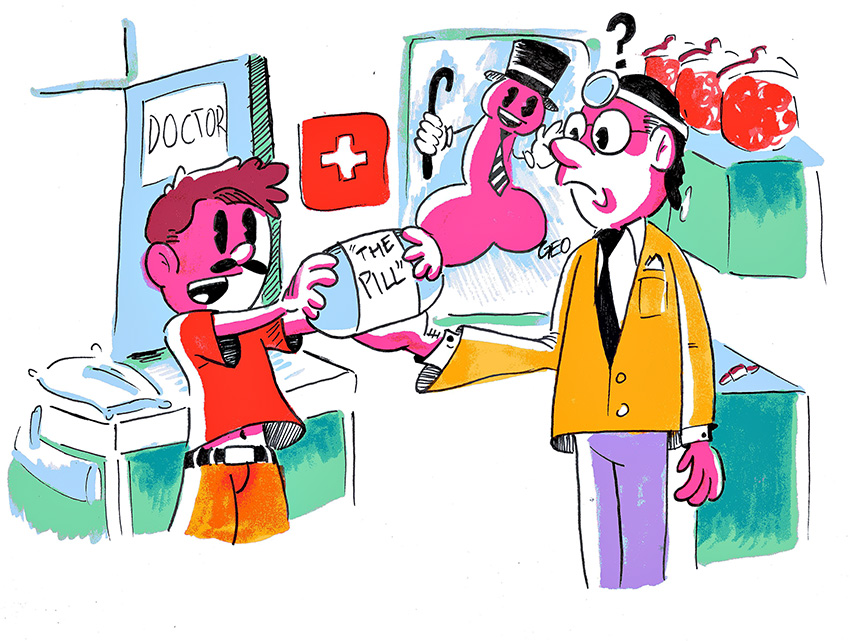Weak. Wimpy. Melodramatic. These names are just a sample of what many called men last week in response to an article on a male birth control study. The article, published by The Journal of Clinical Endocrinology & Metabolism, revealed that administrators were forced to halt the study when a number of participants withdrew, citing concerns with mood swings, acne and muscle pain — many of the same downsides that women experience with birth control.
The difference between how men’s pain was addressed and how women’s decades-long suffering is often dismissed provides an example of a medical double standard. While birth control is currently women’s burden, we need to recognize the shared responsibility of both sexes in preventing pregnancy. Male birth control methods are not only crucial to promoting safe sex, but also for dismantling the decades-long gender disparity that has plagued women’s health.
Women inherently have to worry more about unintended pregnancies. While men may offer to purchase condoms or pitch in for the pill, it is often women who bear most of the financial burden and are left to deal with the consequences of sex. Given that men simply do not undergo the same physical and mental stress as women do when it comes to reproduction, birth control does not offer them the same incentives. Thus, women are forced to accept the responsibility and the costs of birth control if they are not yet ready for parenthood, even though both partners share responsibility in preventing pregnancy.
Women are consequently subject to the often dreadful side effects many contraceptives yield. Personally, my experience on the pill was awful. My skin grew extremely oily to a point where I couldn’t keep up with it. My period lasted for 12 days with a very heavy flow. The mood swings were unpredictable, severe and frequent. And my case isn’t an outlier — almost 40 percent of women stop refilling their pill within a year of their initial prescription. Other forms of birth control pose threats of even scarier side effects, ranging from migraines to heart attacks.
The medical field, however, makes it very easy for our society to accept that women deal with contraceptives. Condoms and vasectomies are the only current male birth control options, and with one being far less effective than female options and the other being an irreversible procedure, women are forced to face the negative effects of birth control.
I don’t wish the pain inflicted by birth control on anyone. Calling men weak for their pain perpetuates the idea that these side effects are trivial, even though women have endured them for decades and know firsthand how serious they can be. We shouldn’t compare our ailments. Instead, we need to find ways to make birth control a safer and more desirable option for both sexes. We also need to invest in male birth control so that women don’t have to pull all the weight. More research is conducted on male birth control every day, and continuing this support is important for the long run. In the meantime, we need to promote a culture that reminds men of their equal stake in safe sex.
Larcher is an economics and Plan II freshman from Austin. Follow her on Twitter @veg_lomein.





















